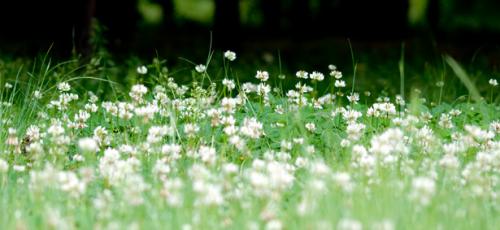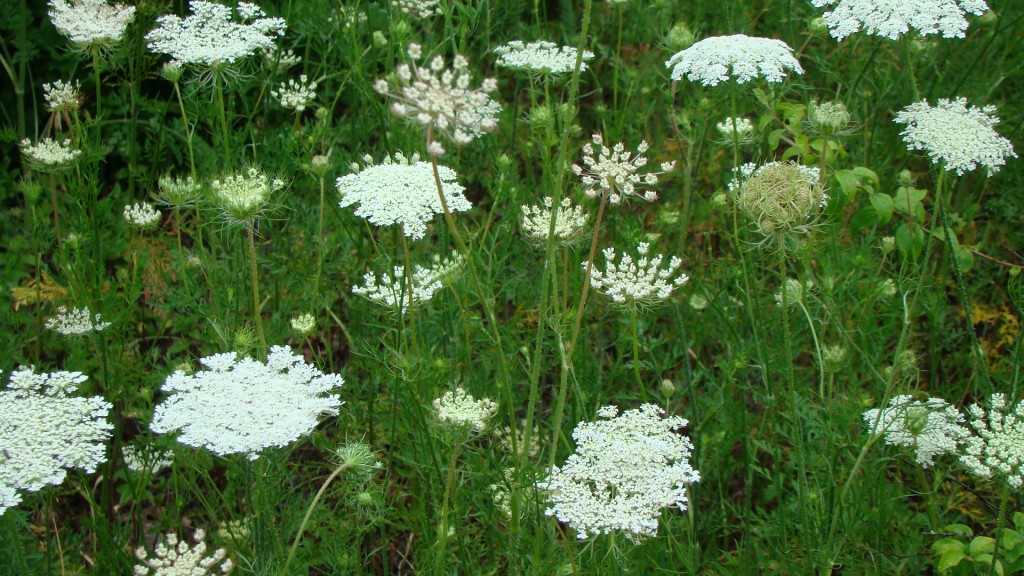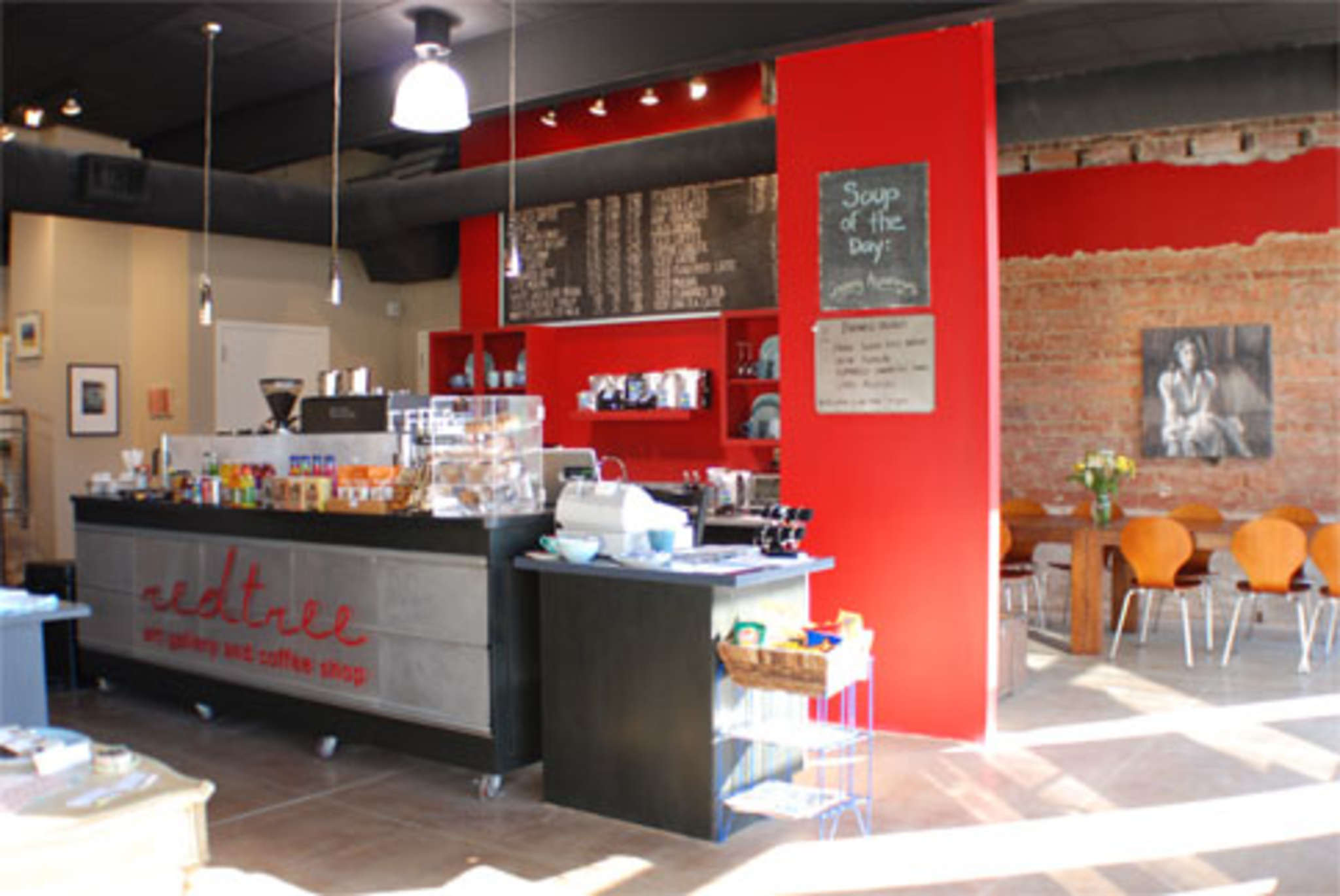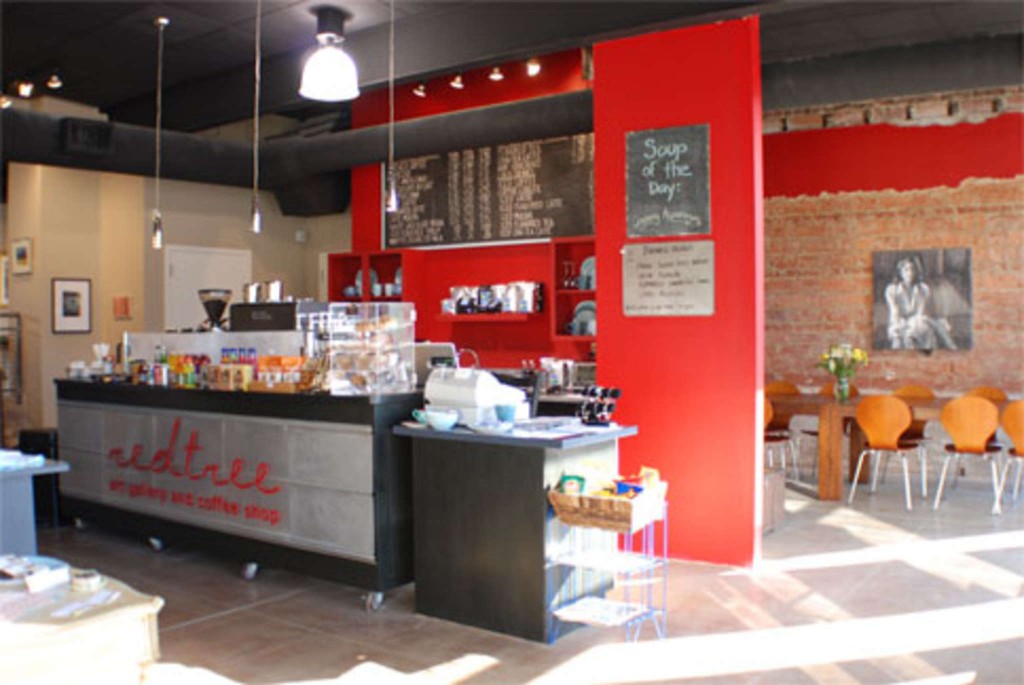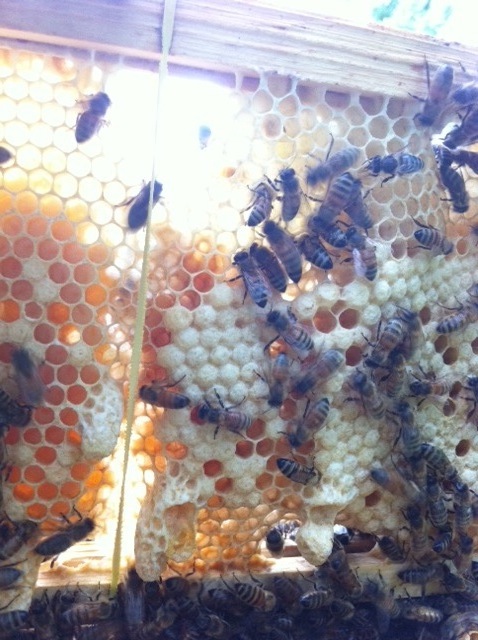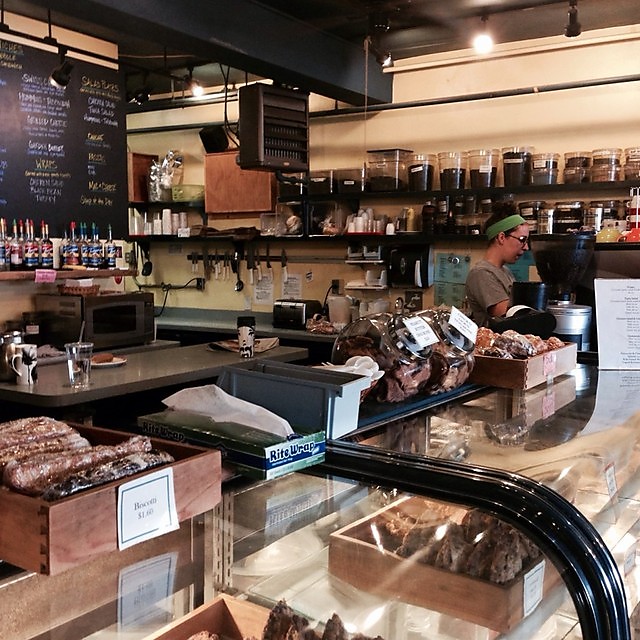
This is my coffee shop. I stop in here almost every morning at 5:30am. And again at 7:15am. Sometimes for lunch. Sometimes for an afternoon cappuccino. The people who work there are my friends. As are many of the regulars who love Coffee Please, too.
Coffee Please is currently the only public place to buy your local TwoHoneys honey. Go there. Buy honey. Enjoy a cappuccino. Look for me.


